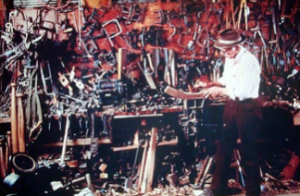Blog
Choosing the Correct Heavy Duty Diagnostic Tool – The First Time

When evaluating and shopping for a heavy-duty diagnostic tool, first look for a tool that assists in the repair process as well as the diagnosis process. Bi-directional testing capabilities are critical, as are any OEM guides or troubleshooting information to speed up the repair process. In addition, the best tools have very few glitches, hook up fast, and have most features available from one or two screens.
The right tool will be set up like a well-organized mechanic’s toolbox. Fault information is the wrench and socket drawer; they are used first and often without the requirement of opening multiple drawers. Other tools are not used as often but should never be hidden or hard-to-find; tools quit making a mechanic money as soon as it cannot be located. Too often techs do not use a function in a specific software simply because that feature is too hard to find; it is highly recommended to stay away from this type of tool.

A key indicator of a quality tool is one that provides reliable, accurate information within the software. Certain tools have glitches such as certain sensors reading incorrect numbers due to the sensor not being online until a future emissions update, so if a tool’s accuracy cannot be fully trusted it is best to continue shopping.
Many techs work on a variety of makes, models, and components so consistency across the look and feel of the software should be a requirement. Some tools provide a different visual experience depending on which OEM components are built into the truck, which can cause confusion and slow down technicians. Look for a tool that provides a consistent experience each time it is hooked up to a vehicle.

Finally, look for a tool that can be trusted for a long time. The best tool will be a single solution where one piece of software allows technicians to work on vehicles, regardless of the make, model, and components involved. Coverage needs to be constantly updated and features often added so technicians can continue to work on the newest vehicles with the latest tests available in the industry.

